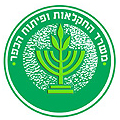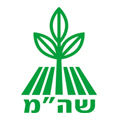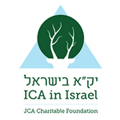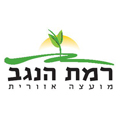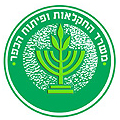Exploiting consistent differences in radiation and average air temperature between two experimental vineyards (Ramat Negev, RN and Mitzpe Ramon, MR), we examined the impact of climate variations on total carotenoids, redox status, and phenylpropanoid metabolism in the berries of 10 white wine grapevine (Vitis vinifera) cultivars across three consecutive seasons (2017–2019). The differences in carotenoid and phenylpropanoid contents between sites were seasonal and varietal dependent. However, the warmer RN site was generally associated with higher H2O2 levels and carotenoid degradation, and lower flavonol contents than the cooler MR site. Enhanced carotenoid degradation was positively correlated with radiation and daily degree days, leading to a greater drop in content from véraison to harvest in Colombard, Sauvignon Blanc, and Semillon berries. Analyses of berry H2O2 and phenylpropanoids suggested differences between cultivars in the links between H2O2 and flavonol contents. Generally, however, grapes with higher H2O2 content seem to have lower flavonol contents. Correlative network analyses revealed that phenylpropanoids at the warmer RN site are tightly linked to the radiation and temperature regimes during fruit ripening, indicating potentially harmful effect of warmer climates on berry quality. Specifically, flavan-3-ols were negatively correlated with radiation at RN. Principal component analysis showed that Muscat Blanc, Riesling, Semillon, and Sauvignon Blanc were the most site sensitive cultivars. Our results suggest that grapevine biodiversity is likely the key to withstand global warming hazards.
Front. Plant Sci., 08 March 2022
| https://doi.org/10.3389/fpls.2022.847268

